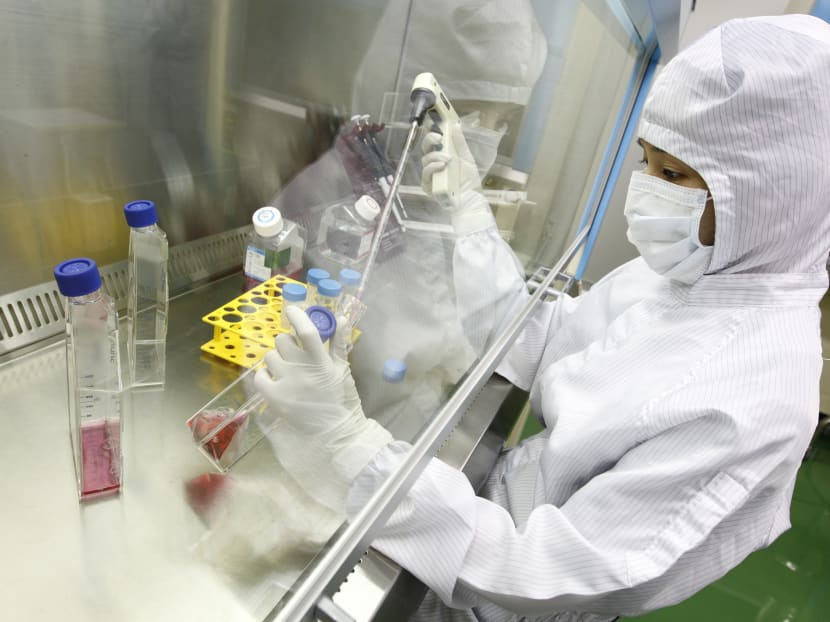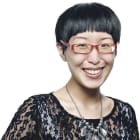A*STAR scientists find better way to engineer human stem cells
SINGAPORE — Scientists at the Agency for Science, Technology and Research’s (A*STAR) Genome Institute of Singapore (GIS) have found a better way to engineer human stem cells. The researchers have managed to culture human embryonic stem cells (hESCs) in the lab that are closer to the state that they are in the early stage of human development.

Scientists are closer to cultivating human stem cells for research and understanding the processes of early human development. Photo: Reuters
SINGAPORE — Scientists at the Agency for Science, Technology and Research’s (A*STAR) Genome Institute of Singapore (GIS) have found a better way to engineer human stem cells. The researchers have managed to culture human embryonic stem cells (hESCs) in the lab that are closer to the state that they are in the early stage of human development.
The research, published in the journal Cell Stem Cell, means scientists are closer to cultivating human stem cells for research and potential therapeutic purposes, as well as understanding the processes of early human development.
Stem cells are pluripotent, which means they have the ability to develop into many different cell types. For example, they could become liver cells, eye cells or brain cells.
In the early stages of human development, when the embryo is nothing but a ball of cells called the blastocyst, these cells can turn into all the various tissues in the human body. When human stem cells are cultured in the lab, however, they adopt molecular differences that limit the number of cell types they can be turned into.
GIS researchers experimented with the culture conditions for established human stem cell lines and found a formula of molecules and growth factors, which they call 3iL, changed these stem cells so they became similar to native blastocyst cells.
This means scientists using these cells to conduct experiments have more options using just a single line of traditional lab-cultured stem cells.
“For the past 15 years, scientists could only work on a single hESC state. We now provide a novel cell state for all hESC applications,” said Professor Ng Huck Hui of GIS. “The results from the study will open many new possibilities to study human development and disease.”
When the scientists studied the genetics of these 3iL cells, they found that they also resembled blastocyst cells. Genes that are active in blastocyst cells and deactivated in the cultured cell lines had been reactivated.
“The cells appeared to be partly set back to the state of the embryo,” said Dr Jonathan Goke, one of the study’s co-lead authors. This also gives scientists the opportunity to study the genetics behind the very early stages of human development, the team said.
The next step, said Prof Ng, is to try growing functional organs or organ parts out of these 3iL cells. “These cells will help to overcome some obstacles that limit the potential of pluripotent cells in regenerative medicine.”







